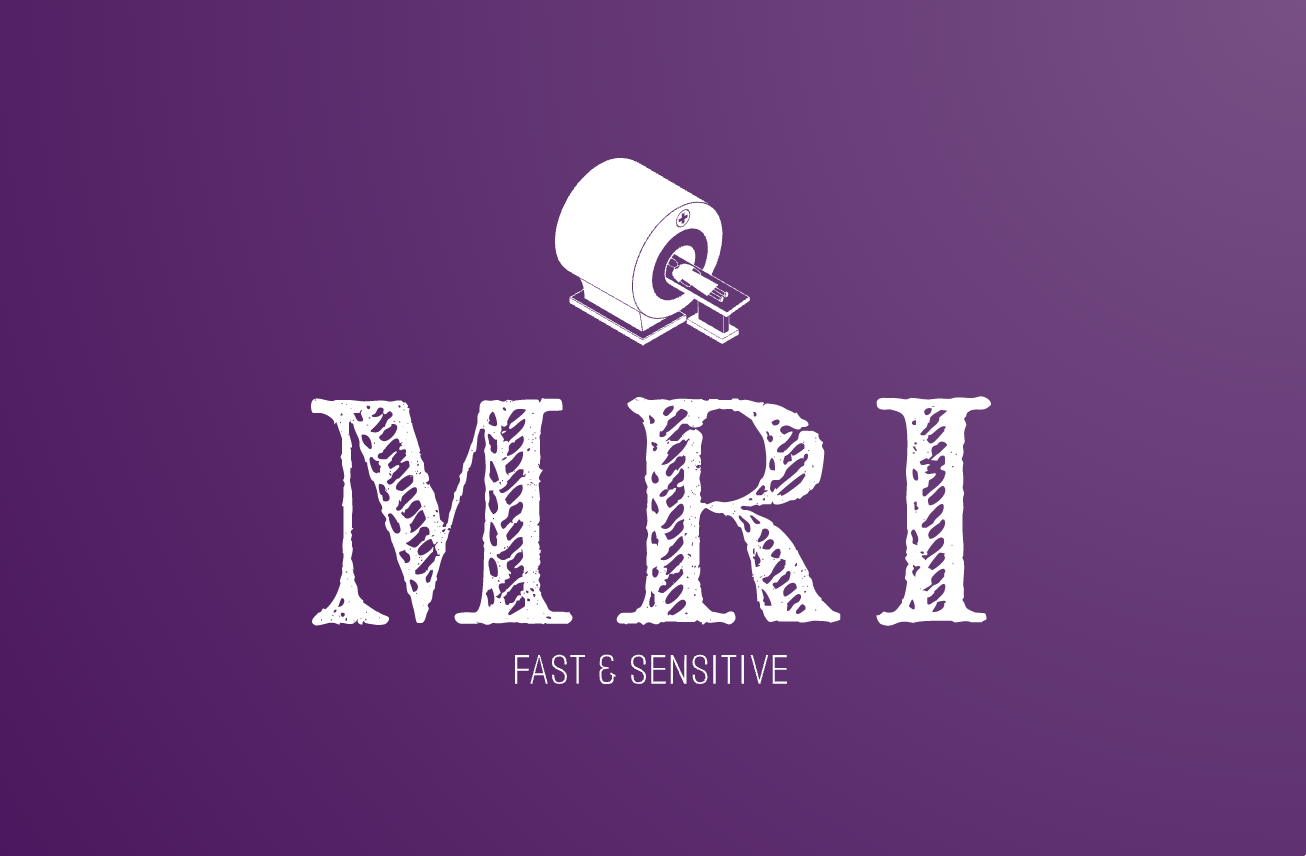Hyperpolarization for MRI
Hyperpolarization is a remarkable technology that significantly enhances the sensitivity of magnetic resonance imaging (MRI), making it considerably faster, more accurate, and more sensitive. Thus, hyperpolarized-MRI has emerged as a novel imaging technique that allows radiologists to see inside the body in real-time with a significant enhancement in sensitivity. This advancement in diagnostic imaging technology has the potential to revolutionize cancer treatment by providing a more efficient, cost-effective, and widespread solution. This is helpful in tracking the effects of drugs and other treatments providing greater detail than ever before. This project aims to develop hyperpolarization techniques for biomarkers with long-lasting hyperpolarization lifetimes. To achieve this, an integrated optical (light-activated hyperpolarizer and innovative polarizing agents) and magnetic resonance tool will be utilized in conjunction. The goal is to address current limitations of conventional MRI systems, such as high costs, low throughput, and complexity. By improving signal strength and resolution, this research aims to facilitate more precise early-stage cost effective cancer diagnosis and better treatment monitoring, thus improving patient outcomes.
Ongoing Projects:
1. Hyperpolarized 13C MRI for Fast and Economical Cancer Diagnosis.
Collaborators:
1. Dr. Osama Abdullah


